In the vast world of digital marketing, measuring the performance of advertising campaigns is essential to optimize results. For this purpose, three key metrics help assess the effectiveness of ads: CTR, CPC, and CPA.
These metrics provide valuable information about users’ interactions with ads and the cost associated with generating that interaction. By analyzing these metrics together, advertisers can make real-time adjustments to improve results, maximize conversions, and minimize costs.
Basic Definitions: What do CTR, CPC, and CPA Mean?
In the vast world of digital marketing, measuring the performance of advertising campaigns is essential to optimize results. For this purpose, three key metrics help assess the effectiveness of ads: CTR, CPC, and CPA.
These metrics provide valuable information about users’ interactions with ads and the cost associated with generating that interaction. By analyzing these metrics together, advertisers can make real-time adjustments to improve results, maximize conversions, and minimize costs.
What is CTR?
CTR or Click Through Rate measures the percentage of people who click on an ad relative to the number of times it has been displayed (impressions). This indicator is crucial if you want to understand the interest that an ad generates in the audience.
The higher the CTR, the greater the possibility of generating conversions and obtaining a positive return on investment. However, it is just the first step; a high CTR doesn’t always mean conversions, but it does indicate that the ad captures the audience’s attention.
What is CPC?
CPC or Cost Per Click measures how much you pay each time a user clicks on an ad. This payment model is commonly found on advertising platforms like Google Ads or Meta Ads, where the advertiser only pays when someone interacts with the post, meaning when they click.
CPC helps optimize the financial performance of campaigns. A low CPC indicates that you’re attracting clicks efficiently, while a high CPC might suggest the need to adjust targeting, messaging, or even competition within your niche.
What is CPA?
CPA or Cost Per Acquisition is the final metric of this group, yet not the least important, as it measures the cost associated with each conversion or acquisition. An acquisition can be a sale, a subscription, or any other valuable action defined by the campaign.
Unlike CTR or CPC, which focus on interactions before the conversion, CPA measures the direct cost of final actions, like a purchase or registration. A low CPA means that you’re getting conversions at an efficient cost, while a high CPA may indicate the need to adjust your marketing strategy, change your target audience, or improve the landing page of your ad.
How to Calculate CTR, CPC, and CPA
The metrics we’ve explained above (CTR, CPC, and CPA) are the pillars businesses use to analyze and optimize advertising campaigns. Knowing how to calculate them and understanding their practical implications is essential for improving campaign performance. Therefore, you must fully grasp their formulas and how they can be solved using primary data and information.
CTR (Click Through Rate) Formula
When you want to calculate the CTR, your goal is to find out how many people interact with your content. To make the calculation easier, here’s the formula you’ve been looking for:
For example, let’s say a company launches an advertising campaign on Google Ads. The ad was shown about 5,000 times and received 250 clicks. To calculate the CTR, divide the number of clicks by the impressions and multiply the result by 100 to get a percentage:
CTR = (250/5000) x 100
CTR = 0.05 x 100
CTR = 5
In this case, the CTR is 5%, which means that out of every 100 people who saw the ad, 5 clicked on it. A higher CTR indicates that the ad is resonating well with the audience, while a lower CTR suggests that adjustments to the message or targeting may be needed.
CPC (Cost Per Click) Formula
CPC refers to the cost an advertiser pays for each click their ad receives. It’s a key metric widely used on advertising platforms like Google Ads or Facebook Ads, where advertisers only pay when someone interacts with their ad. Controlling CPC is crucial to maximizing return on investment in advertising campaigns. Its formula is as follows:
Imagine you’ve invested a total of $200 in an ad campaign. Then, you receive 400 clicks on your ad. To calculate the CPC, divide the total campaign cost by the number of clicks:
CPC = 200/400 = 0.50
This means you’re paying a total of $0.50 per click. If your CPC is low, it means more people are interacting with your ad at a lower cost, which is ideal for campaign efficiency.
CPA (Cost Per Acquisition) Formula
CPA measures how much it costs to obtain a specific conversion, like a sale, a registration, or an app download. It’s a fundamental metric for evaluating the real cost per goal achieved in an advertising campaign. CPA helps determine whether a campaign is profitable or if the cost per conversion is too high compared to the value it generates. Here is the formula and its data:
For a more practical example, imagine a company invests $1,000 in an ad campaign and gets 25 conversions (sales). To calculate the CPA, divide the total campaign cost by the number of conversions:
CPA = 1000/25 = 40
In this case, the CPA is 40, meaning each sale costs $40. A low CPA is desirable as it implies conversions are being achieved efficiently and profitably. If the CPA is too high, adjustments should be made to increase conversions or reduce ad costs.
Why are CTR, CPC, and CPA Important in a Marketing Campaign?
The metrics CTR, CPC, and CPA are fundamental in any digital marketing campaign. Each one offers a unique perspective on the performance and efficiency of a strategy, allowing advertisers to optimize resources and improve results.
CTR: Measuring Ad Effectiveness
CTR is essential for assessing how attractive and relevant an ad is to the audience. Its importance lies in:
- Relevance Indicator: A high CTR suggests that the ad is capturing the attention of the right audience. For example, if your ad receives many impressions but few clicks, something in the message or design may need adjustment.
- Message Optimization: On the other hand, a low CTR can lead to experimenting with different headlines, images, or calls to action to boost interaction. These activities are part of A/B testing, which helps improve CTR.
CPC: Efficiently Managing Budgets
As explained earlier, CPC is the metric that allows you to better manage your budgets. When controlling this data, special attention should be paid to:
- Expense Control: This metric helps advertisers manage their spending efficiently. If CPC is too high, it could be affecting the campaign’s profitability.
- Bid Adjustment: With optimized CPC, it’s essential to ensure that each click you pay for is valuable and profitable for the business. If you find you’re paying too much per click, it may be time to adjust audience targeting or reduce bids.
CPA: Evaluating Customer Acquisition Costs
CPA is arguably the most important metric for assessing the profitability of an ad campaign since it reflects the real cost of acquiring a customer or achieving a specific conversion (such as a sale, subscription, etc.). The lower the CPA, the better your campaign is performing in terms of costs. To make the most of this metric, consider:
- Profitability Evaluation: It allows you to see if you’re spending more on advertising than a customer is worth to your business. If CPA is higher than a customer’s lifetime value, you’re losing money.
- Conversion Optimization: While you might have a good CTR and CPC, what truly matters in the end is how many people convert. A low CPA indicates that you’re achieving good results at a reasonable cost per conversion.
Strategies to Improve CTR, CPC, and CPA in Your Ad Campaigns
Optimizing your ad campaigns not only enhances performance but also maximizes your investment. As explained earlier, CTR (Click Through Rate), CPC (Cost Per Click), and CPA (Cost Per Acquisition) are key metrics that can be adjusted to achieve better results.
Here are practical strategies to improve each of these metrics and boost your campaign’s success.
How to Improve CTR in Your Campaigns
Improving this metric involves not just increasing your ads’ visibility but also making them more attractive to your target audience. If you have a project where you need to improve CTR, start with:
- Optimizing Titles and Descriptions: Catchy and direct headlines, along with clear descriptions, can grab users’ attention. Use calls to action (CTAs) such as “Discover more” or “Get your offer” to encourage users to click.
- Precise Targeting: Ensure your ads reach the right audience. The more targeted your audience is, the more likely it is that your ads will be relevant. Use filters like interests, age, geographic location, and buying behaviors.
- Ad Relevance: Align the content of the ad with what your audience is looking for. If you’re advertising a specific product, make sure that the keywords match the user’s search intent. For example, if you’re selling sports shoes, the ad should highlight specific models and relevant offers for athletes.
Reducing CPC in Google Ads Campaigns
CPC represents how much you pay each time a user clicks on your ad, so reducing it is a good way to lower costs. Some key strategies for reducing CPC include:
- Adjust Your Bids: It’s not always necessary to bid for the top positions. Sometimes being in the second or third position can be more cost-effective, reducing your cost per click while still maintaining significant visibility.
- Optimize Ads: Ads with higher relevance get a better Ad Rank, which can lower your CPC. Make sure to include relevant keywords in the title, description, and destination link.
- Long-Tail Keyword Strategies: Instead of focusing on highly competitive keywords, use long-tail keywords, which are more specific and less competitive. For example, instead of “shoes,” use “discounted women’s running shoes.” These keywords tend to have less competition, potentially reducing CPC.
Maximizing CPA: Tips and Strategies
CPA measures the cost you pay for each conversion or customer acquisition. Optimizing CPA is crucial for making your campaigns profitable in the long term. If the acquisition cost is higher than the benefits you gain from each customer, you’ll likely need to adjust your strategy. Here’s how to maximize your CPA:
- Optimize Landing Pages: The page where the user lands after clicking your ad is crucial. It must be fast, easy to navigate, and mobile-friendly. Include a clear CTA and highlight the benefits the user will gain. For example, if you’re offering an online course, make sure the page highlights testimonials, certifications, and an easy purchase process.
- Improve Conversion Rates: One effective way to reduce CPA is by increasing conversion rates. Use A/B testing tools to experiment with different versions of the landing page and see which one generates more conversions.
- Remarketing: Many times, users don’t convert on their first visit. Using remarketing strategies allows you to show ads again to people who visited your site but didn’t complete a conversion. This increases the chances they’ll return and complete the desired action.
Common Mistakes When Managing CTR, CPC, and CPA and How to Avoid Them
Managing key metrics like CTR, CPC, and CPA can be challenging, especially when common mistakes affect campaign performance. These mistakes, while frequent, are easily avoidable with the right strategies and adjustments.
If you plan to apply metrics like CTR, CPC, and CPA, here’s what you should avoid:
Underestimating the Importance of CTR
One of the most common mistakes is underestimating the importance of CTR (Click Through Rate) in the success of an advertising campaign. How can you avoid this? Here’s how:
- Monitor CTR Regularly: A low CTR can indicate that the ad isn’t attractive enough or isn’t reaching the right audience. Periodically review this metric and adjust titles, descriptions, and CTAs to improve their impact.
- Improve Ad Relevance: Ensure the content of the ad is aligned with what your audience is seeking. For example, if you’re advertising a consulting service, make sure the message directly addresses the problems potential clients want to solve.
Not Controlling CPC Spending
Another common mistake is setting bids that are too high for CPC in order to gain greater visibility, but causing much higher-than-expected spending. This can be optimized as follows:
- Adjust Bids Based on Performance: You can modify your bids to aim for slightly lower but still visible positions, offering a better balance between cost and effectiveness.
- Use Long-Tail Keywords: Longer and more specific keywords tend to be less competitive and, therefore, more affordable.
- Monitor Daily Budgets: If you notice that certain keywords are generating clicks but no conversions, it’s advisable to change or remove them from your strategy.
Not Optimizing CPA and Focusing Only on CPC
Many advertisers focus solely on reducing CPC, which is important, but forget that what truly matters is CPA, which is crucial for understanding the real cost you pay to get conversions. This is solved by:
- Optimizing the Landing Page: The page users land on after clicking your ad must be designed to convert. Ensure it’s clear, fast, and that the conversion process is as simple as possible.
- Analyzing Conversions Beyond Clicks: Don’t limit yourself to analyzing clicks. Evaluate how many of those clicks turn into valuable actions. While a low CPC may seem attractive, what really matters is how many of those clicks lead to a conversion.
- Implementing Remarketing Strategies: Often, users don’t convert on their first visit. Use remarketing to attract those users back and increase the conversion rate, ultimately reducing the final CPA.
Not Using A/B Testing
Launching a campaign without A/B testing is another common rookie mistake that limits the opportunities to identify which elements work best. Here’s the simple solution: run A/B tests.
- Conduct A/B Tests with Ads and Landing Pages: Test different versions of your ads (images, text, CTAs) and landing pages to see which elements perform better. Small adjustments can have a significant impact on conversions and CTR.
- Regularly Review and Adjust: Don’t settle for just one ad or landing page. Markets and users change, so it’s important to continuously make adjustments to improve campaign performance.
Tools to Measure and Improve CTR, CPC, and CPA in Digital Marketing
In digital marketing, measuring and optimizing campaign performance is key to achieving business goals. Ideally, you should be able to measure the most well-known metrics, such as the ones we’ve discussed throughout this article: CTR, CPC, and CPA.
To improve these metrics, it’s essential to use tools that provide accurate data and allow for real-time adjustments. You might be wondering what platforms we’re referring to, so pay close attention to the following sections:
Google Analytics (GA4)
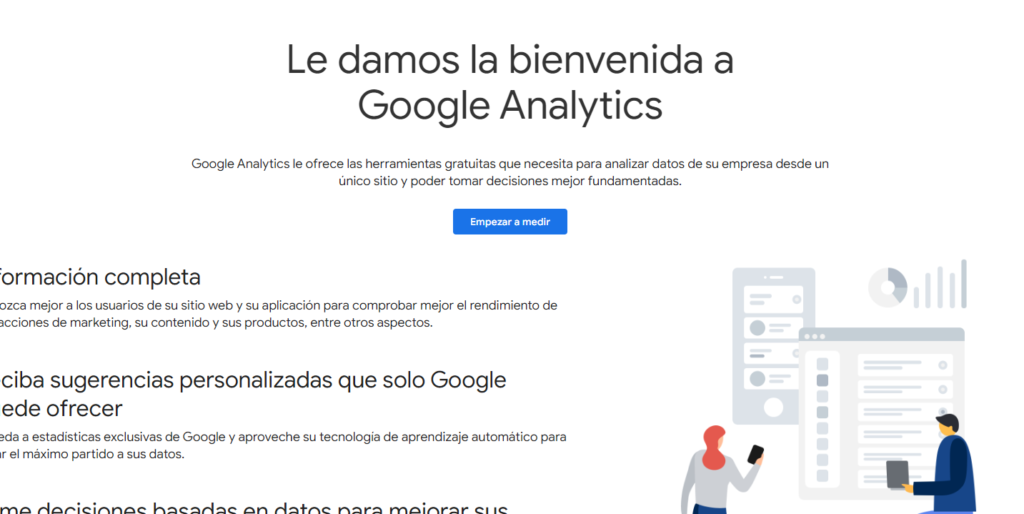
Google Analytics (now known as Google Analytics 4 or GA4) is one of the most comprehensive tools for analyzing user behavior on your website. Although its main function is to track user interactions on the site, it’s also essential for evaluating the performance of your advertising campaigns.
This platform allows you to see which traffic sources (organic, paid, referral, etc.) generate the most clicks and conversions, helping to optimize CTR by identifying the keywords and landing pages that perform best.
Google Ads
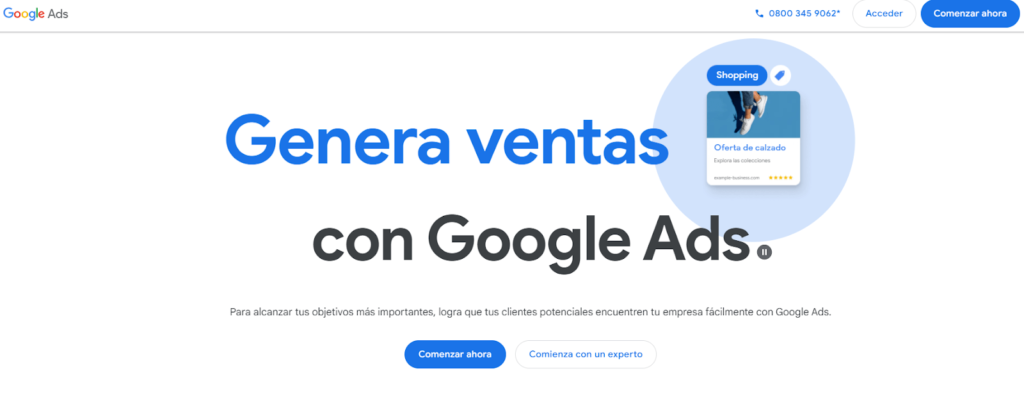
Google Ads is another fundamental tool for measuring and optimizing both CPC and CTR in paid campaigns. It allows you to analyze the cost per click of each keyword and automatically adjust bids through bidding strategies like “Maximize Clicks” or “Maximize Conversions.”
Additionally, you can optimize ads that generate fewer clicks by running A/B tests with different versions of text and images.
Meta Ads Manager
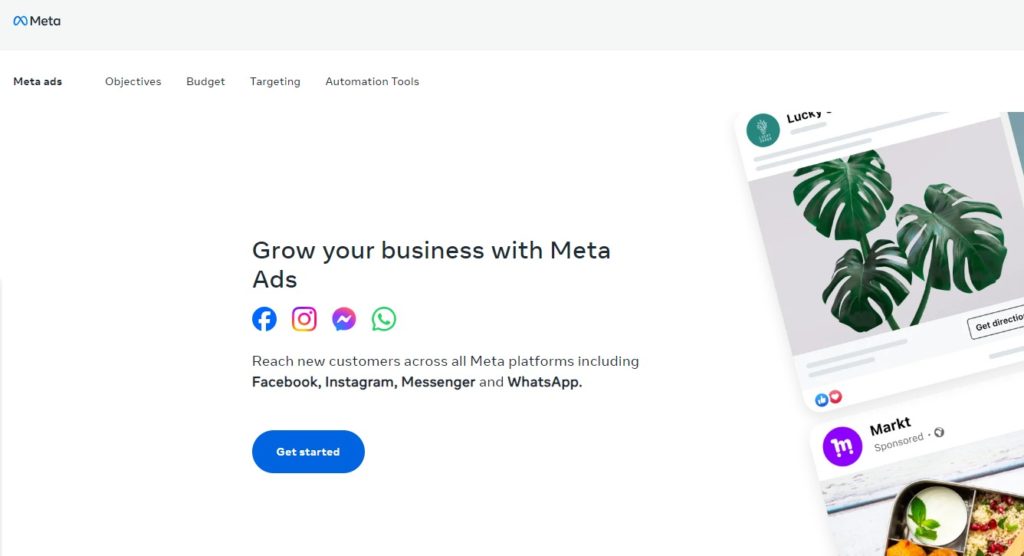
Meta Ads Manager (formerly Facebook Ads Manager) is a key tool for social media campaigns. With it, you can measure CTR, CPC, and CPA, and it offers advanced segmentation options based on demographic data and user behaviors.
By identifying which audiences generate more clicks and conversions, you can optimize your ads to reduce costs and improve campaign performance.
Optimizely
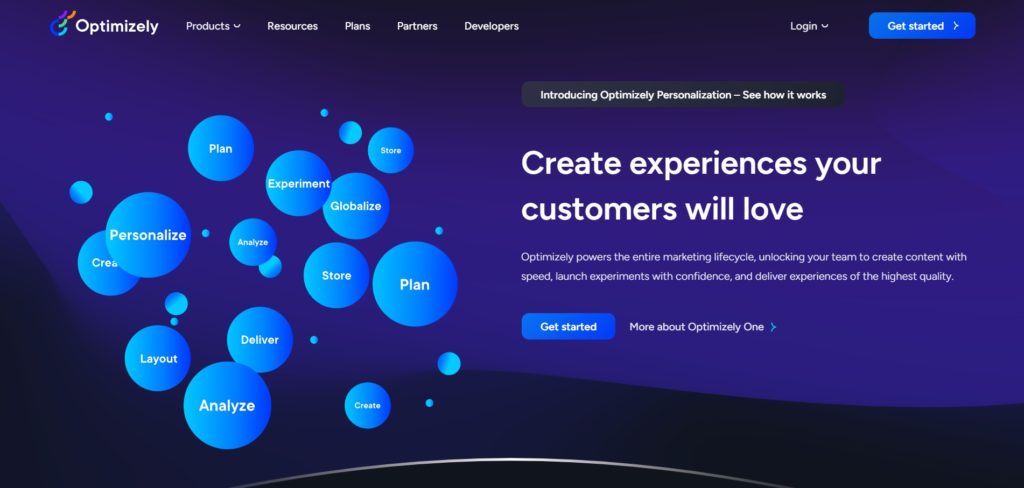
Optimizely will be very useful for the continuous optimization of your campaigns through A/B testing. You can test different versions of ads, landing pages, or calls to action and measure which one has better performance in terms of CTR, CPC, or CPA.
Do You Want to Track Your Campaign with CTR, CPC, and CPA?
Did you learn something from this article? Certainly, it’s not a big revelation to argue that CTR, CPC, and CPA are fundamental metrics for evaluating and optimizing the performance of any online advertising campaign you decide to run.
If you found this content useful, we’d love to hear from you in the comments!
At MD Marketing Digital, We Can Help You!
If you’re in the midst of a digital marketing campaign and have difficulty using metrics like CTR, CPC, and CPA, don’t worry, we can help. At MD Marketing Digital, we have professionals with years of experience in the creation, control, and analysis of metrics in digital marketing campaigns across SEO, SEM, and Ads.
If you’d like more information, don’t hesitate to contact us to start working together and boost your conversions!
- What is CTR, CPC, and CPA in Digital Marketing?: A Complete Explanation - October 28, 2024
¿Qué te pareció este artículo?
What do you think about this post?

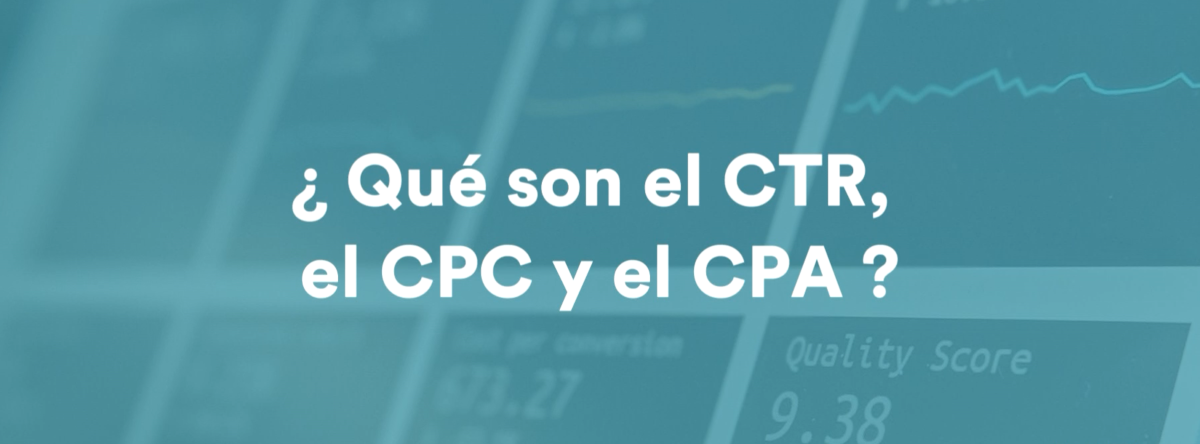

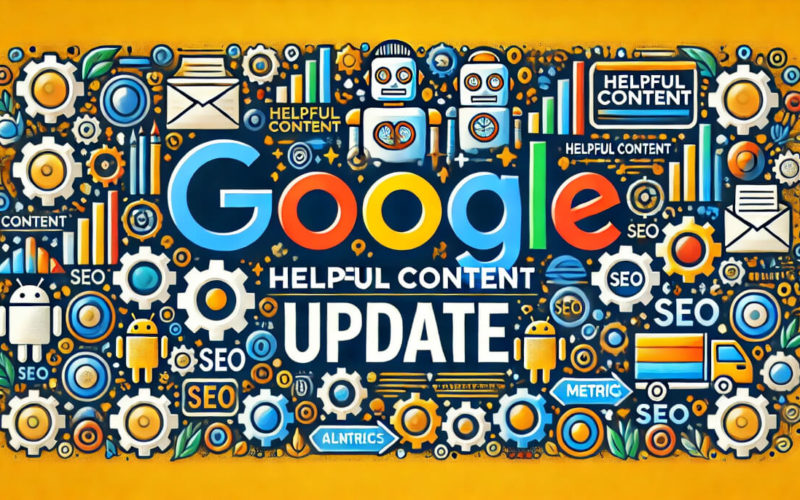

Hi , You have shared very good information about cpc(cost per click), cpa(cost per acquisition)and about digital marketing strategies. its very helpful for me. thanks for sharing
Thank you for your feedback! We’re thrilled to hear that you found our blog on CTR, CPC, and CPA and digital marketing strategies helpful. At MD Marketing Digital, we’re dedicated to providing valuable insights to support your growth. Stay tuned for more informative content!